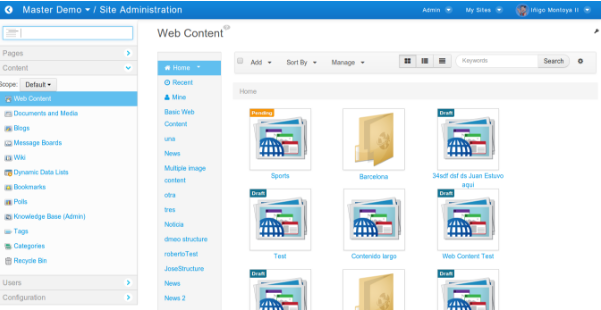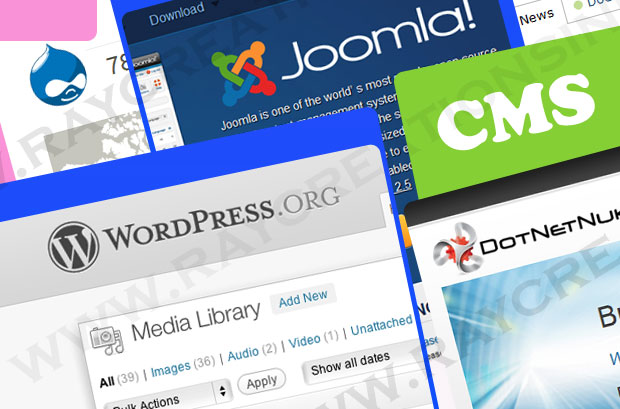Enterprise portals have soon gained popularity from the time they were first introduced. They now include Web Content Management Systems(WCMS). But the big question that has circled around the industry is: What is the difference between a portal that includes WCMS and a WCMS product?
The Answer however is summed up in two parts: the use case and who the product focuses on. In other words, the main use of the portal server is building websites with role-based content, and the focus is on the end-user who can interact within the website. However, a WCMS is used mainly for the purpose of building rich websites while focusing on enabling the developers who can manage and build the content.

Vs.

A Brief about Enterprise Portal Servers
Portal servers picked up popularity in early 2000s, providing a central platform for accessing customized content and resources like data, docs, apps, integrations, alerts, etc. A core feature of the portal server was to provide a central URL for accessing customized web experience based on the user’s login identity. Such a feature was termed by the industry as Role Based Content Delivery, or RBCD.
These RBCD based websites soon became popular with the enterprises because it gave them the power to integrate other resources with the website and they could advertise one single URL and bring in traffic to their website which would eventually lead the site visitors to other resources as well. RBCD allowed administrators to build portal pages for different user types to customize the user experience based on a user’s “formal identity”.
Enterprise Portal + Web CMS Vs. Web CMS
Portal service providers first began including both applications(portlets and widgets) and web content by supporting an integration with an external WCMS allowing content to be created or managed in a WCMS but appeared on the portal pages. This two-step process prompted most of the portal service providers to create an embedded WCMS.
But to attract the site visitors portals allowed users to interact with the system. Users were allowed to create their own pages or sites, to add collaboration apps, and to define user access to those pages. Portals also started to provide additional paid features such as web forms, workflow, dynamic lists and polls.
Such focus on end user allowed a central site(Enterprise WCMS) to enable both the formal organizational structure as well as the informal organizational structure.
|
Category |
CMS |
ECMS |
|
Capture/ Create |
Built in editors and integration with MS Office |
Built in editors and integration with MS Office, plus integrated with scanning or imaging |
|
Manage |
Library services and meta data management, approval or editorial workflows |
Similar Library services, plus records retention and disposal. Complex workflow as part of Business Process Management. |
|
Store |
Work in progress, staging and ‘live’ environment can be able to hold copies of same version. |
Advanced duplication technologies like integration with storage hardware plus ‘single instance’ storage. |
|
Preserve |
Snapshots of websites and content |
Long term storage archives and digital preservation. |
|
Deliver |
Web delivery system including delivery to mobile devices |
To web, to desktop, to other software and systems, to print, etc. |
So concluding the above comparison an ECMS will give additional features and facilities in different areas like:
- Document Imaging
- Collaboration
- Document Management
- Digital asset and workflow management
- Web content management
Conclusion
While it can be concluded that there are overlapping features between a web CMS and an Enterprise portal WCMS, the differences should be reviewed when determining the focus and future requirements of a web project.
